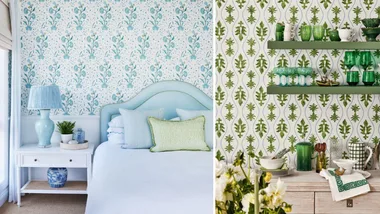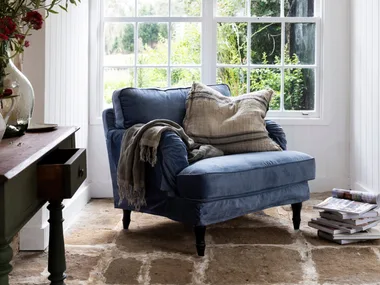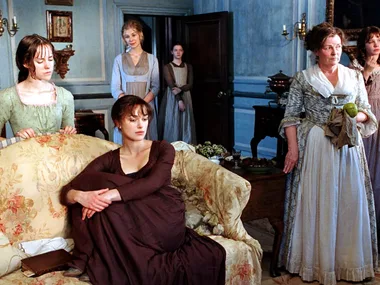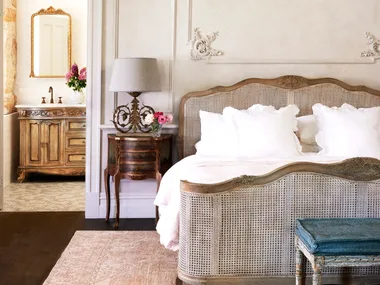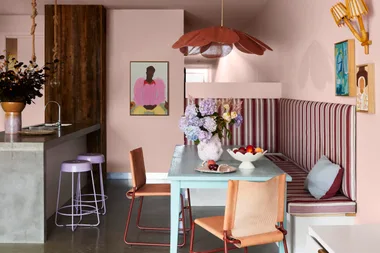Far from being simply a functional addition to your home, a beautifully designed staircase can create a dramatic focal point. So if you’re going up, do it in style.

Step 1: follow the rules
There are substantial building rules around staircase design – for example, whether your flight of stairs is sufficiently long that you’ll need a landing; the dimensions for the riser (the vertical distance between each tread) and the ‘going’ (the distance horizontally from the front of each tread to the riser); and the height of your balustrade above the pitch of the stairs, on landings and above voids. Be aware that these measurements apply after you’ve fitted any floorcoverings, such as carpet. Do check the design carefully with your builder.

Step 2: measure up
How much space you have to play with will impact your style choice. A straight flight is ideal in areas where width is limited, such as a hallway or entry. An L-shaped design fits well in the corner of a larger room like a living area, while U-shaped designs are often a little more space hungry, but with a generous landing at the change of the direction, these can be the safest type of stair, especially for families. Spiral staircases can be used in compact areas like a loft, but are not particularly child friendly or suitable for the elderly.
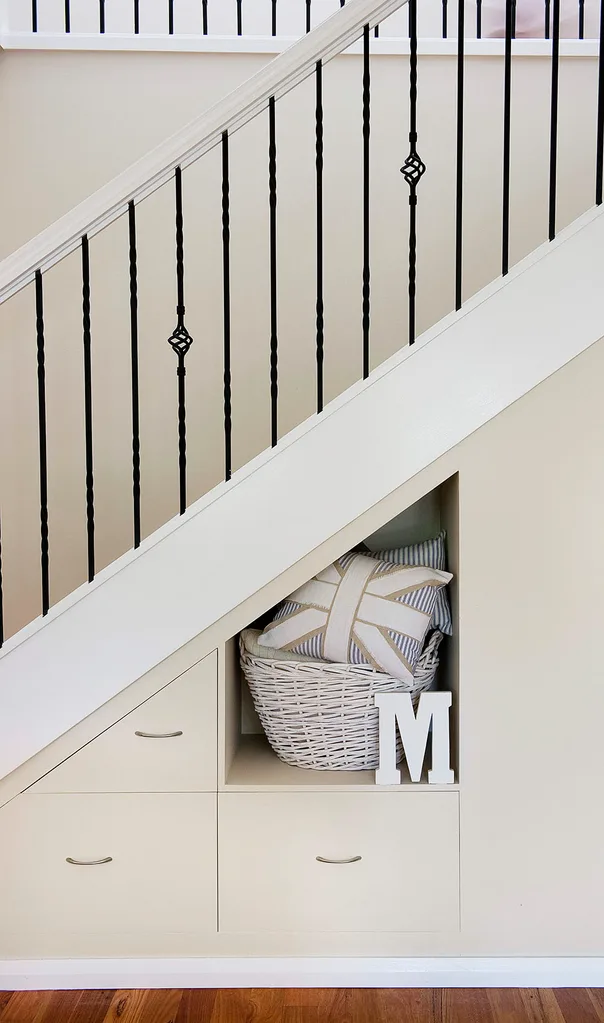
Step 3: consider design cues
Your home’s style can provide the starting point to the look of your staircase. Stairs with a timber handrail, wrought iron balustrades and mouldings suit a period setting, whereas clean lines paired with steel, glass and timber can look at home in a modern, minimalist scheme. Do keep liveability in mind: it should work in with your scheme rather than dominate it, and also needs to be functional.
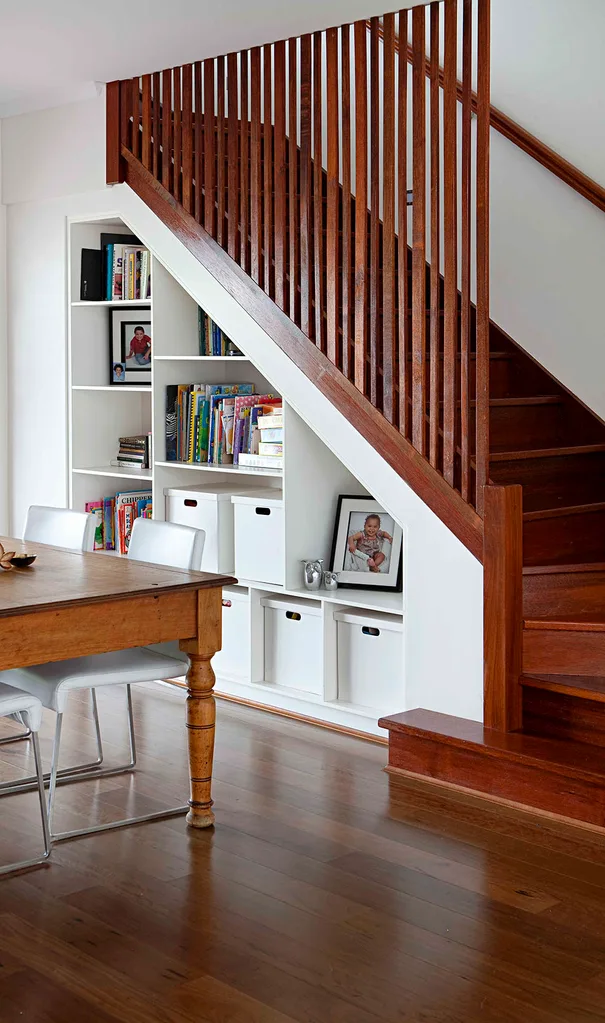
Step 4: safety first
If you think your children will take to the stairs like a jungle gym, opt for maximum safety. Avoid horizontal elements in favour of vertical balusters. Closed treads tend to be safer as there is no risk of slipping or dropping objects through the gaps, and a sturdy handrail which offers good grip is a must. Also ensure there’s a top-rated non-slip coating on the treads.
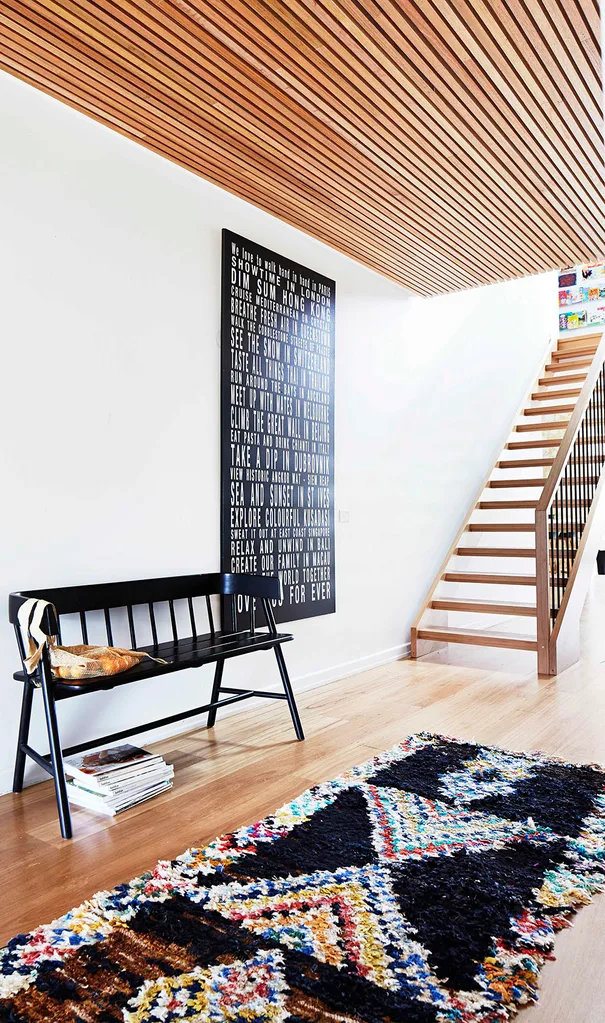
Step 5: choose your balustrade
Timber provides warmth, visual texture and an extensive range of tones. Glass tends to be pricier, yet opens up the staircase to draw in light and views. Stainless steel is robust and versatile, and pairs well with different materials like wire for a barely-there, minimalist look, while mild steel suits a spectrum of styles, from wrought-iron lacework to strong, architectural lines.
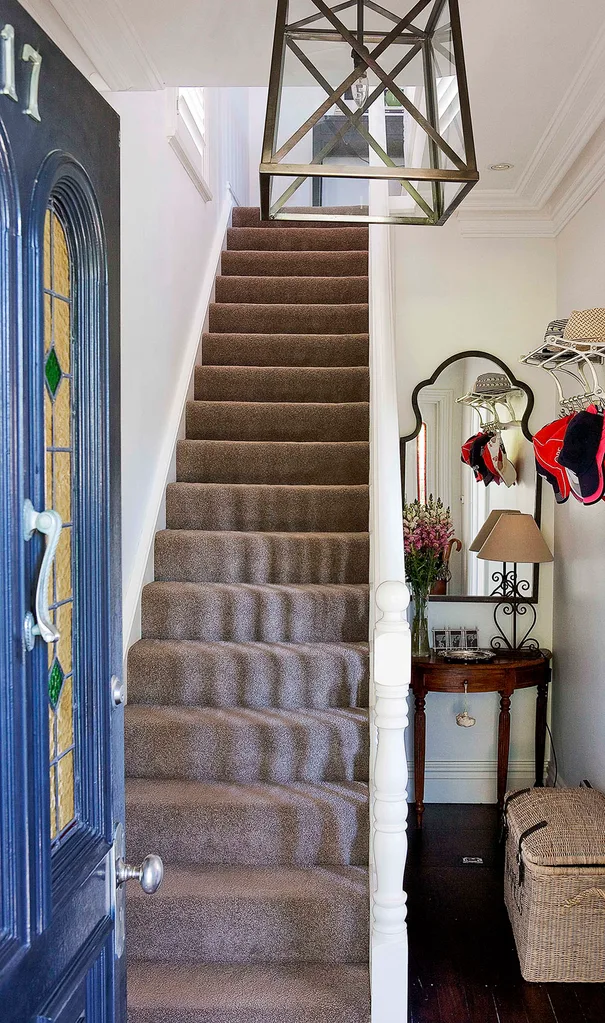
Step 6: tread wisely
Different tread styles and finishes offer further creative control. Closed treads enable concealed storage underneath and are great in households with small children, particularly when carpeted, as it deadens noise and offers excellent slip resistance. Carpeted treads can also be more cost effective as economical structural timbers can be used. Open treads, however, can enhance the flow of natural light and help spaces feel larger.

Step 7: make decorative decisions
As the stairwell is a high-traffic area, pair durable finishes with decorative touches, such as a hard-wearing, washable paint in a low-sheen finish on the walls to help conceal marks. Pale walls allow light to bounce down from the upper levels, making the space below feel larger, while darker tones tend to draw the eye in to create an intimate feel. A collection of art and framed photos can form a lovely gallery and help break up expansive walls.

Step 8: Look below
If your stair is near the front door consider using the area under the stairs as a place to store coats, school bags and shoes. Custom joinery can make the most of tricky angles and awkward corners. Push-open cabinetry is a great choice as it offers a streamlined, seamless finish.
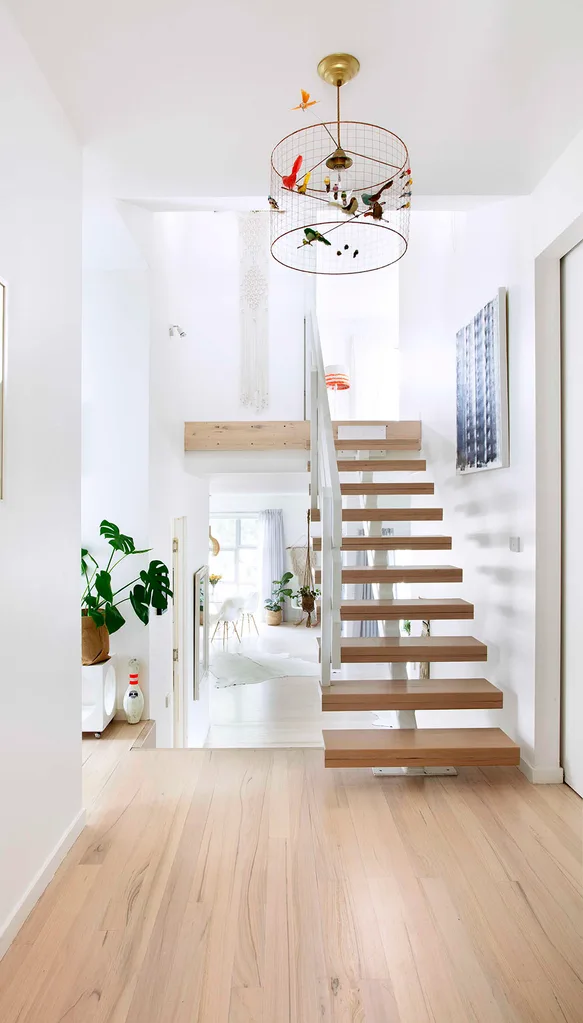
Step 9: Get creative with lighting
Make the stair itself a hidden light source by using concealed LED strips under the hand rails and stair treads. For maximum luminosity, use a glass balustrade staircase, with the option of pairing a skylight with overhead lighting. A glowing suspended pendant is also a lovely touch, as it draws the eyes upward and fills the natural void created by a stair.

Step 10: Revisit your look
If your existing stairs are a step back in time, don’t despair. While in some instances it’s best to redo the entire staircase, simply renovating the balustrade can make a big impact. Replacing dated railings with glass or tensioned wire, paired with a modern square profile handrail and posts in a lighter timber, will create a more contemporary feel. Dreary stairwells can also benefit from fresh colour to brighten walls, while replacing worn carpet with a new wool runner is an easy update that will also feel great underfoot.
 Armelle Habib
Armelle Habib

